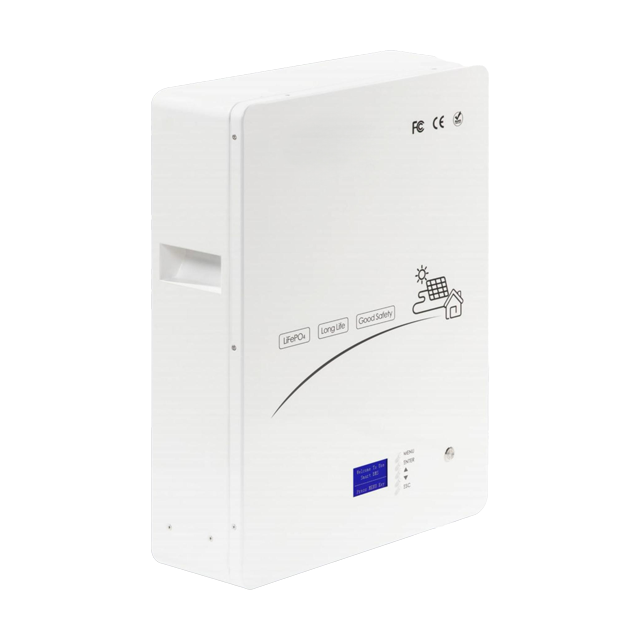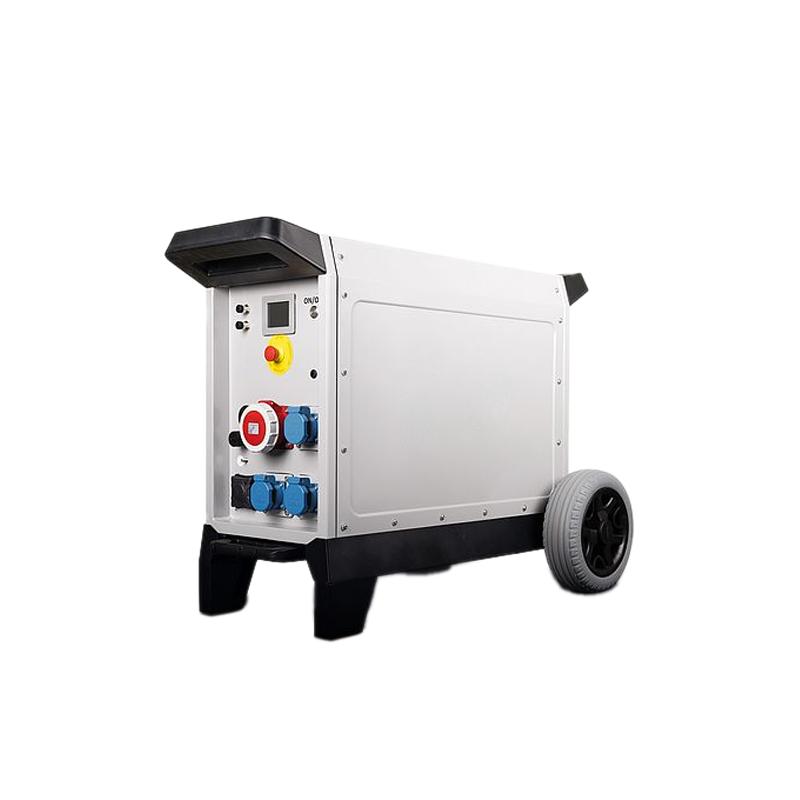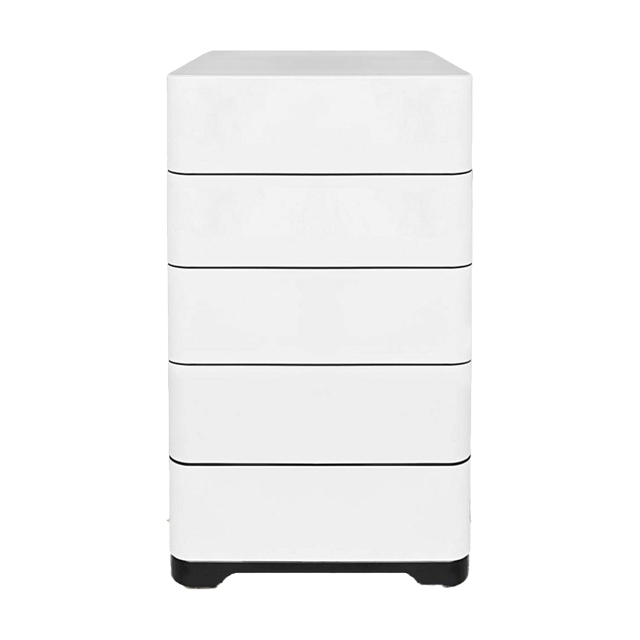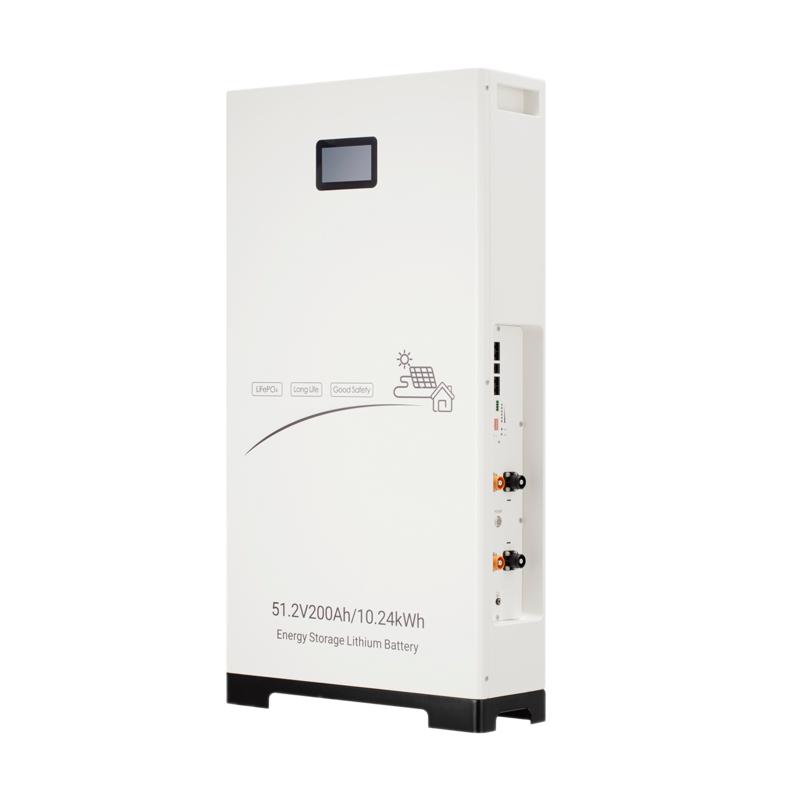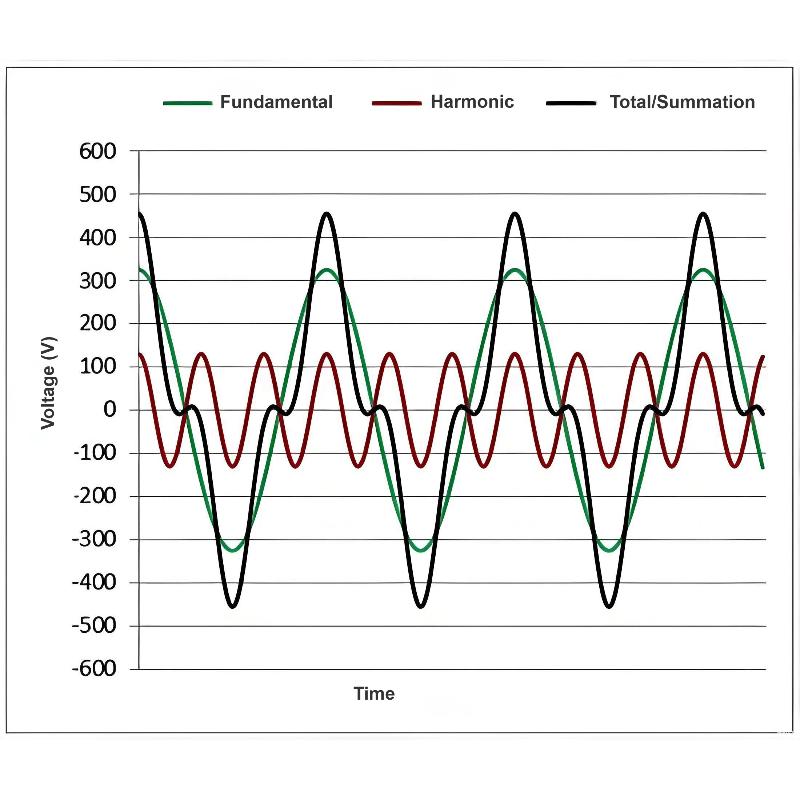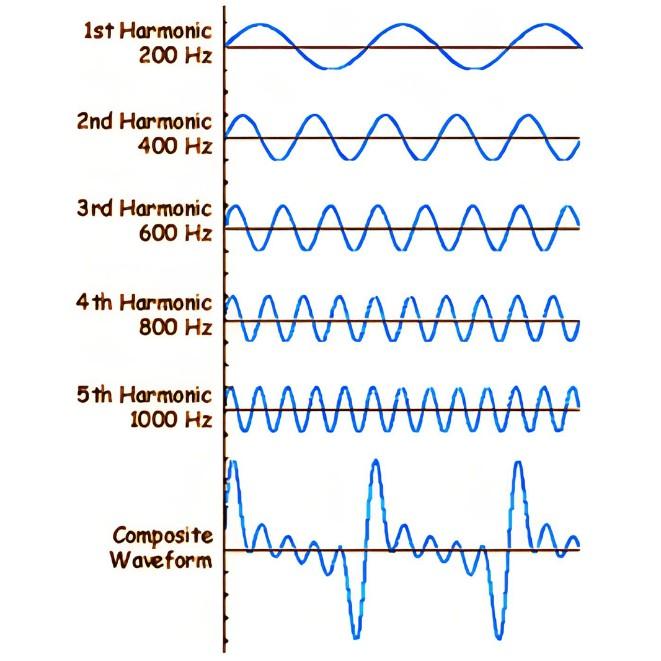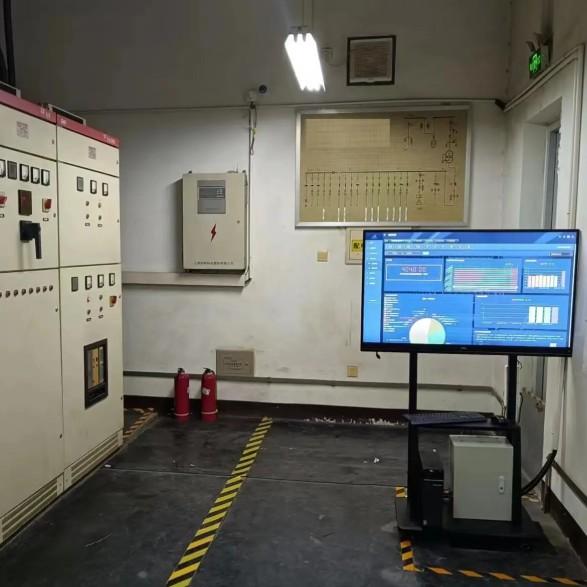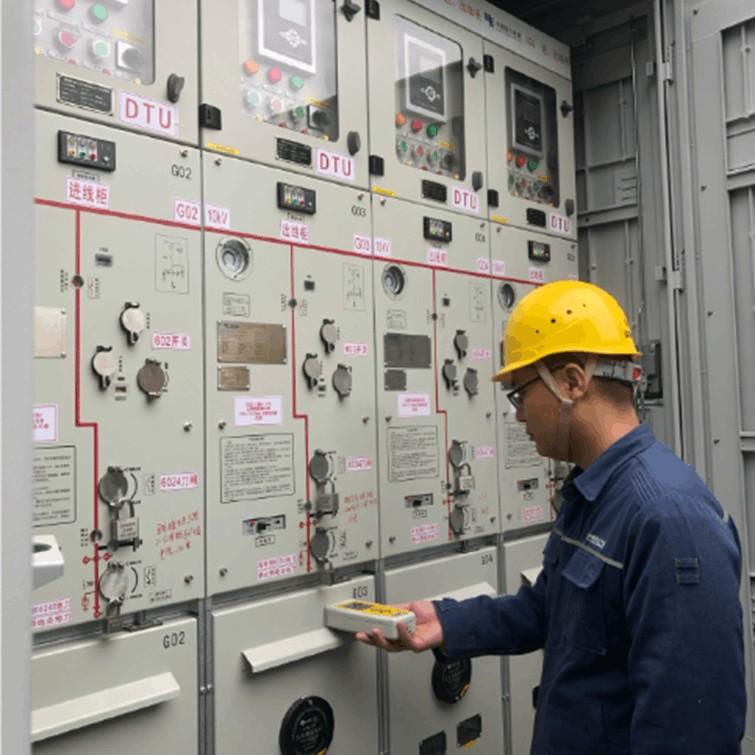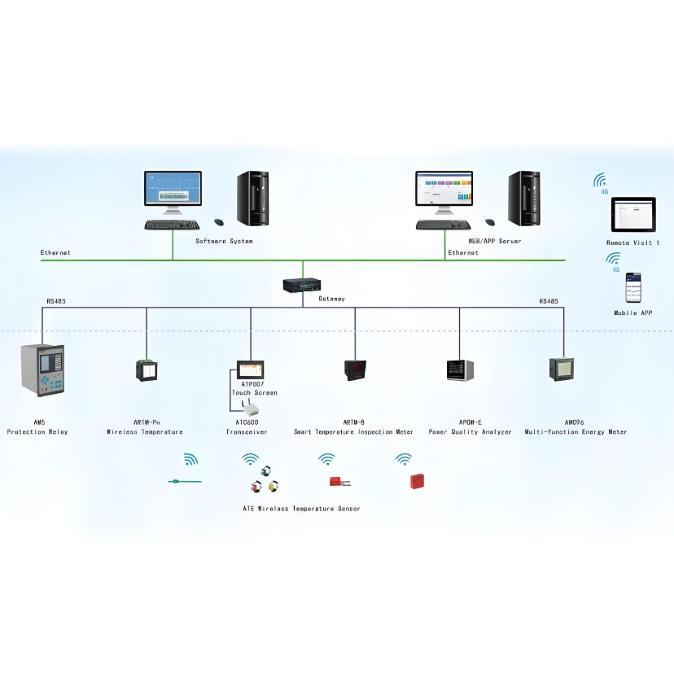- Product
- Suppliers
- Manufacturers
- Solutions
- Free tools
- Knowledges
- Experts
- Communities
Search
-
כלי חינם
-
IEE Business מציעה כלים חינמיים המופעלים על ידי בינה מלאכותית לעיצוב הנדסת חשמל והקצאת תקציב לרכישת חשמל: הכנס את הפרמטרים שלך לחץ על חשב וקבל תוצאות מיידיות עבור טרנספורמרים, חיבורים, מנועים, עלויות ציוד חשמלי ועוד — בחסותו של מהנדסים ברחבי העולם
-
-
תמיכה וספונסרינג
-
IEE-Business תומך בפתרונות מובילים עסקים ומומחיות - יוצרת פלטפורמה שבה חדשנות נפגשת עם ערךידע טכני יוצא דופןהצטרף ושתף ידע טכני כדי להרוויח מהספונסריםפתרונות עסקיים מצויניםהצטרף וצור פתרונות עסקיים להרוויח מנותריםמומחה ייחודיהצג את כישרונותיך לנותני החסות, רוויח לעתיד!
-
-
הורד את האפליקציה
הורדה
-
-
קבל את IEE Business אפליקציה коммерческаяהשתמש באפליקציה IEE-Business כדי למצוא ציוד, לקבל פתרונות, להתחבר למומחי ולתת חלק בתיאום תעשייתי בכל זמן ובכל מקום – לתמיכה מלאה בפיתוח פרויקטי החשמל העסקים שלך
-
-
-
-
השתתפות עמנו
שותף
-
-
הצטרף לתוכנית השותפות של IEE-Businessהצמיחה העסקית — מהכלים הטכניים להרחבה עסקית גלובלית
-
-
-
עברית
-
- English
- Afrikaans
- العربية
- Azərbaycan dili
- български
- বাংলা
- Català
- Cebuano
- čeština
- Dansk
- Deutsch
- Ελληνικά
- Esperanto
- Español
- Eesti keel
- Euskara
- دری
- فارسی
- suomi
- Filipino
- français
- Gaeilge
- Galego
- Hausa
- עברית
- हिन्दी
- Hrvatski
- magyar nyelv
- հայերեն
- Bahasa Indonesia
- Íslenska
- Italiano
- 日本語
- ქართული
- Қазақ тілі
- ಕನ್ನಡ
- 한국어
- Kurdî
- Latina
- Latviešu valoda
- македонски јазик
- Bahasa Melayu
- Malti
- नेपाली
- Nederlands
- Norsk
- ਪੰਜਾਬੀ
- polski
- پښتو
- Português
- Русский язык
- සිංහල语
- Slovenščina
- српски језик
- Svenska
- Kiswahili
- தமிழ்
- ไทย
- Tagalog
- Türkçe
- українська мова
- اردو
- Oʻzbek tili
- Tiếng Việt
-
-
עברית
-
- English
- Afrikaans
- العربية
- Azərbaycan dili
- български
- বাংলা
- Català
- Cebuano
- čeština
- Dansk
- Deutsch
- Ελληνικά
- Esperanto
- Español
- Eesti keel
- Euskara
- دری
- فارسی
- suomi
- Filipino
- français
- Gaeilge
- Galego
- Hausa
- עברית
- हिन्दी
- Hrvatski
- magyar nyelv
- հայերեն
- Bahasa Indonesia
- Íslenska
- Italiano
- 日本語
- ქართული
- Қазақ тілі
- ಕನ್ನಡ
- 한국어
- Kurdî
- Latina
- Latviešu valoda
- македонски јазик
- Bahasa Melayu
- Malti
- नेपाली
- Nederlands
- Norsk
- ਪੰਜਾਬੀ
- polski
- پښتو
- Português
- Русский язык
- සිංහල语
- Slovenščina
- српски језик
- Svenska
- Kiswahili
- தமிழ்
- ไทย
- Tagalog
- Türkçe
- українська мова
- اردو
- Oʻzbek tili
- Tiếng Việt
-

















